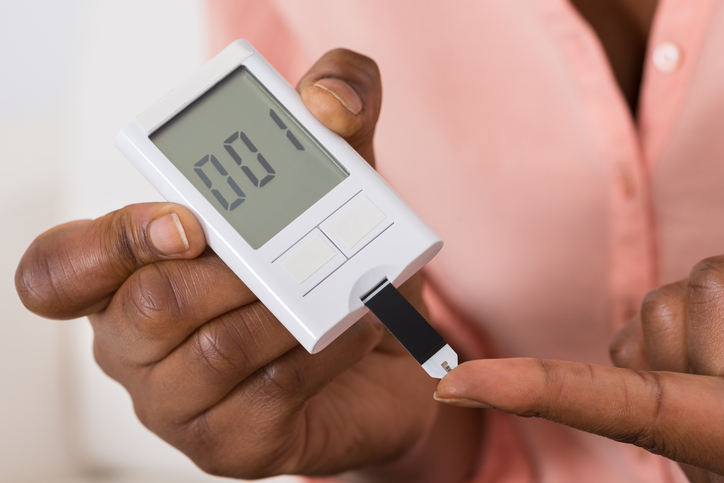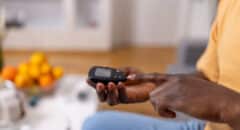 Using a glucose meter to monitor blood glucose levels is an important part of diabetes management. Generally, blood glucose should be monitored two to four times a day, either before meals or two hours after meals and at bedtime. But each case is unique.
Using a glucose meter to monitor blood glucose levels is an important part of diabetes management. Generally, blood glucose should be monitored two to four times a day, either before meals or two hours after meals and at bedtime. But each case is unique.
Proper storage and handling of your test strips and meter is essential for accurate results.
The following information will help you monitor blood glucose accurately and safely.
Pre-Owned Test Strips
Second hand or pre-owned test strips may be sold at a lower price when compared to new strips. However, they may not be a real bargain. That’s because pre-owned strips can give incorrect results—and may not be safe to use with your device. Here’s why:
Test strips should be properly stored to give accurate results. “If you are using previously owned strips you do not know if they were stored at the right temperatures,” says Dacia Bryant, Founder and Chief Health Officer at A ONE C LifeBox, a digital healthcare engagement company that equips Black and Hispanic people with the tools to manage their diabetes more effectively.
“If they are not stored at the recommended temperatures between 36°F to 86°F the results may be higher or lower than the actual blood glucose. This leads to possibly adjusting insulin or medication doses based on an incorrect result,” says Bryant, who is also a pharmacist and certified diabetes educator. An incorrect result can put you at risk for serious health complications – and even death.
Test strips also could be expired. Pre-owned test strip vials may have been tampered with, which means that they may not be safe to use. Expiration dates might have been changed, or the vial may have been opened. “Once a vial is opened and exposed to air, the countdown to test strips going bad begins,” says Bryant.
Sharing a Glucose Meter
The Centers for Disease Control and Prevention (CDC) recommend whenever possible that blood glucose meters should not be shared. Bryant says, “If a glucose meter and supplies are shared there is a risk of infection from blood. Smeared drops of blood from fingers can remain on the meter or on the tip of the lancing device (a needle that is used o get a drop of blood from your finger or another part of your body) after checking blood glucose.”
If blood glucose meters must be shared, the CDC says the device should be cleaned and disinfected after every use, per manufacturer's instructions, to prevent carry-over of blood and infectious agents. If the manufacturer does not specify how the device should be cleaned and disinfected, then it should not be shared.
Bryant explained, "There is little reason to share a meter since most insurance companies will cover your blood glucose meters and supplies. There are also several low-cost blood glucose kits you can buy at local drug stores."
Alternate Site Testing
Some meters let individuals obtain their blood sample from an area other than their fingertip. Alternate sites include your palm, upper arm, forearm, thigh, or calf. Many people prefer alternate sites because they are less painful. “Taking a blood sample from the palm, forearm and upper arm may be less painful for most people, compared to the fingertips, because there are fewer nerves in these areas,” says Bryant.
If you feel symptoms of low blood glucose, test your finger instead of an alternate site. “The blood glucose reading from alternate areas may reflect a delayed reading that is 30 minutes old. Taking a blood glucose reading from the fingertip reflects the most current value.”
Additionally, you should use only blood from your fingertip if you: have just taken insulin, are not aware of symptoms when you have low blood glucose, have just eaten, just exercised, are ill, or if you are under stress.
 Constance Brown-Riggs, MSEd, RD, CDE, CDN is a registered dietitian, certified diabetes educator, national speaker and author of The African American Guide to Living Well with Diabetes.. She is a Dannon One Yogurt Every Day Nutrition Advisor.
Constance Brown-Riggs, MSEd, RD, CDE, CDN is a registered dietitian, certified diabetes educator, national speaker and author of The African American Guide to Living Well with Diabetes.. She is a Dannon One Yogurt Every Day Nutrition Advisor.









